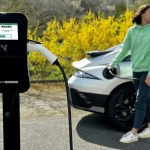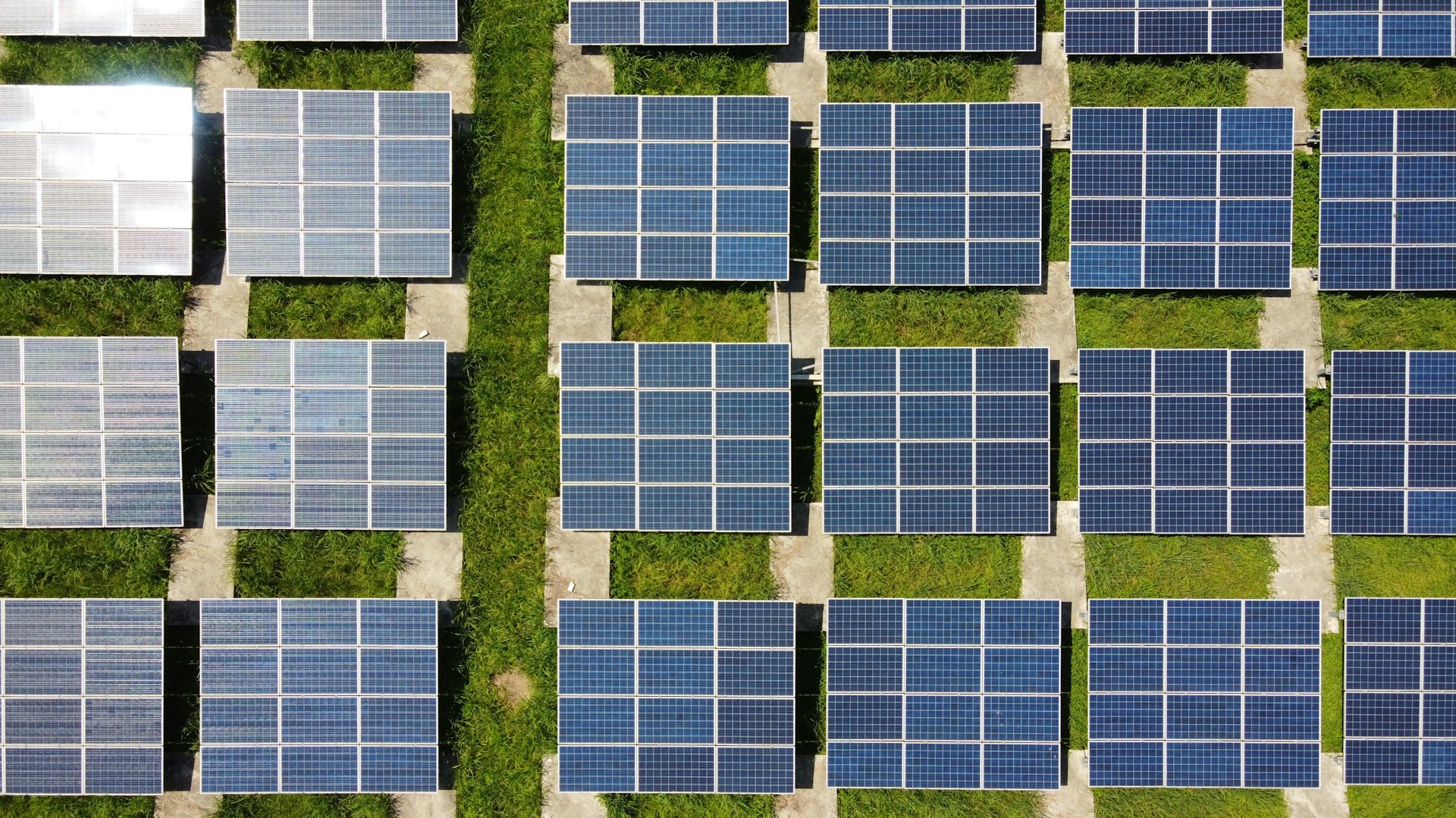Five times the size of Paris. Visible from space. The world’s largest power plant. Enough electricity to power Switzerland.
The scope of the project, which will transform stretches of arid salt desert in western India into one of the planet’s most significant sources of clean energy, is so overwhelming that its overseer can hardly keep track.
“I don’t even do the math anymore,” Sagar Adani told CNN in an interview last week.
Adani is the CEO of Adani Green Energy Limited (AGEL). He is also the nephew of Gautam Adani, Asia’s second-richest man, whose $100 billion fortune stems from the Adani Group, India’s largest coal importer and one of the top extractors of this dirty fuel. Established in 1988, the conglomerate operates in fields ranging from ports and thermal power stations to media and cement.
Its clean energy unit, AGEL, is constructing a solar and wind power plant in Gujarat, western India, at a cost of about $20 billion. When completed in approximately five years, it will be the world’s largest renewable energy park, expected to generate enough clean electricity to supply 16 million homes in the country.
The success of the Khavda Renewable Energy Park is crucial to India’s efforts to reduce pollution and meet its climate goals while simultaneously catering to the energy needs of the world’s most populous nation and fastest-growing economy. Coal still accounts for 70% of India’s electricity generation.
Located just 19 kilometers from one of the world’s most perilous borders, separating India from Pakistan, the park will cover over 500 square kilometers and be the largest power plant on the planet, regardless of the energy source, according to AGEL.
“Such a vast region, so free of obstacles, no wildlife, no vegetation, no housing. There is no better alternative for that land,” Adani stated.
The group’s grand green plans haven’t been dimmed by the tumultuous year it has experienced since January 2023, when a U.S. short seller, Hindenburg Research, accused it of engaging in fraud for decades.
The Indian mining-media conglomerate denounced Hindenburg’s report as “unfounded” and “malicious.” However, that didn’t stop a staggering stock market plunge that, at one point, wiped out over $100 billion from the value of its listed companies. Gautam Adani’s personal fortune also took a hit, with a plummet of over $80 billion in the month following the report’s release.
Yet, the magnate has bounced back, and the group is investing billions in the clean energy sector.
It plans to invest $100 billion in the energy transition over the next decade, of which 70% will be allocated to clean energies.
A Necessity for 1.4 Billion People
The Adani Group’s pivot to clean energies comes at a time when India has set ambitious climate targets. Prime Minister Narendra Modi has pledged that renewable sources like solar and wind will cover 50% of India’s energy needs by the end of this decade.
In 2021, Modi promised India would achieve net-zero emissions by 2070, a couple of decades later than developed economies.
The government has set a goal to generate 500 gigawatts (GW) of electricity from non-fossil fuels by 2030. AGEL, the country’s largest renewable energy company, aims to contribute at least 9% of that figure, with nearly 30 GW generated solely at its Khavda park in Gujarat.
The transition to renewable energies is not an option, says Adani.
“India has no choice but to start doing things on a size and scale never before imagined,” the 30-year-old stated.
 U.S. Stock Markets Edge Higher Ahead of Fed Interest Rate Decision
U.S. Stock Markets Edge Higher Ahead of Fed Interest Rate Decision  Cambium Networks: Delivering Wireless Solutions for a Connected World
Cambium Networks: Delivering Wireless Solutions for a Connected World  DAX Closes Strong Above 24,000 as Markets Shake Off Trade Worries
DAX Closes Strong Above 24,000 as Markets Shake Off Trade Worries  89bio: Advancing Liver and Cardiometabolic Treatments in the Biotech Space
89bio: Advancing Liver and Cardiometabolic Treatments in the Biotech Space  Wildfires in California Slam Munich Re Profits — Full-Year Outlook Remains Intact
Wildfires in California Slam Munich Re Profits — Full-Year Outlook Remains Intact  Singapore Exchange Ltd.: A Key Financial Hub in Asia
Singapore Exchange Ltd.: A Key Financial Hub in Asia  Affordable Used EVs: What You Can Get for Under €20,000
Affordable Used EVs: What You Can Get for Under €20,000  Sprinklr Inc.: Unified Customer Experience Software with Growth Potential
Sprinklr Inc.: Unified Customer Experience Software with Growth Potential  Bezos Sets His Sights on the EV Market with a Budget-Friendly Electric Pickup
Bezos Sets His Sights on the EV Market with a Budget-Friendly Electric Pickup 